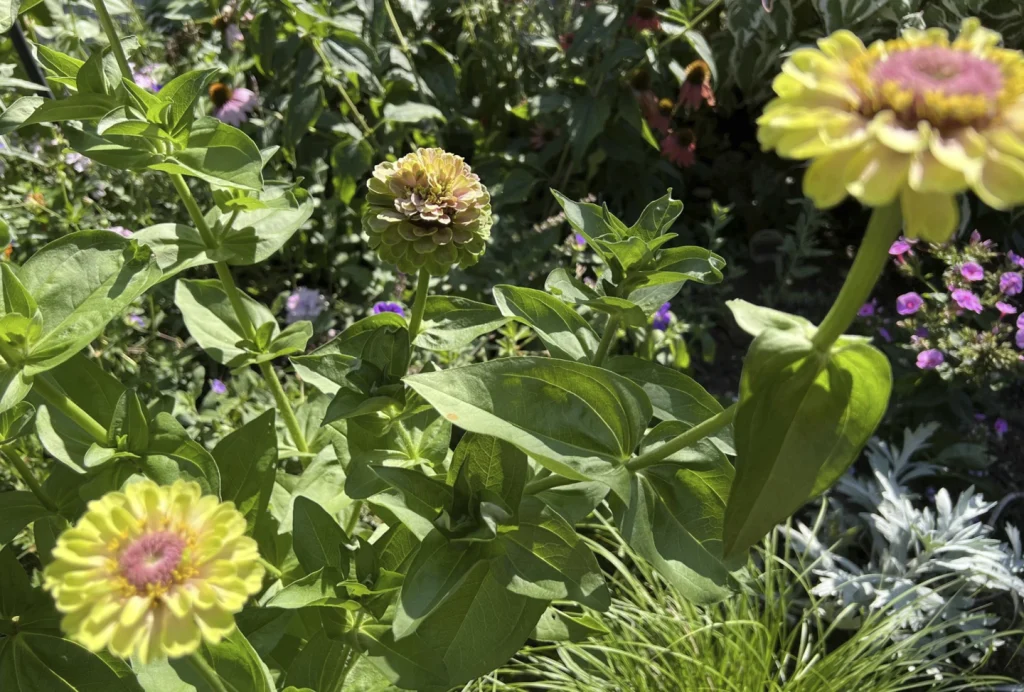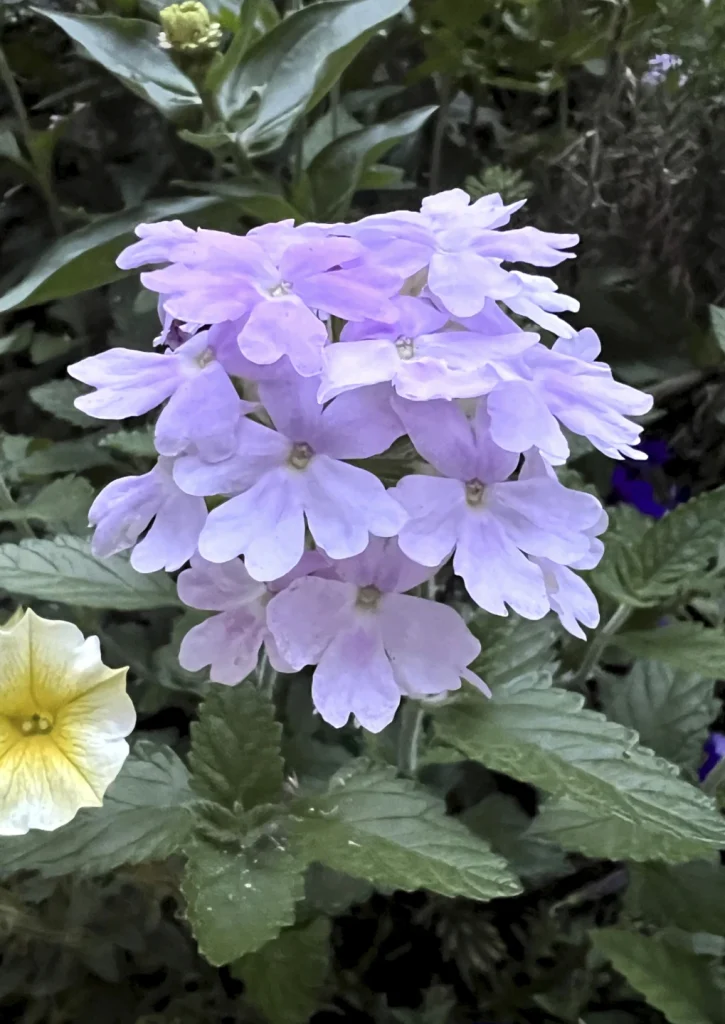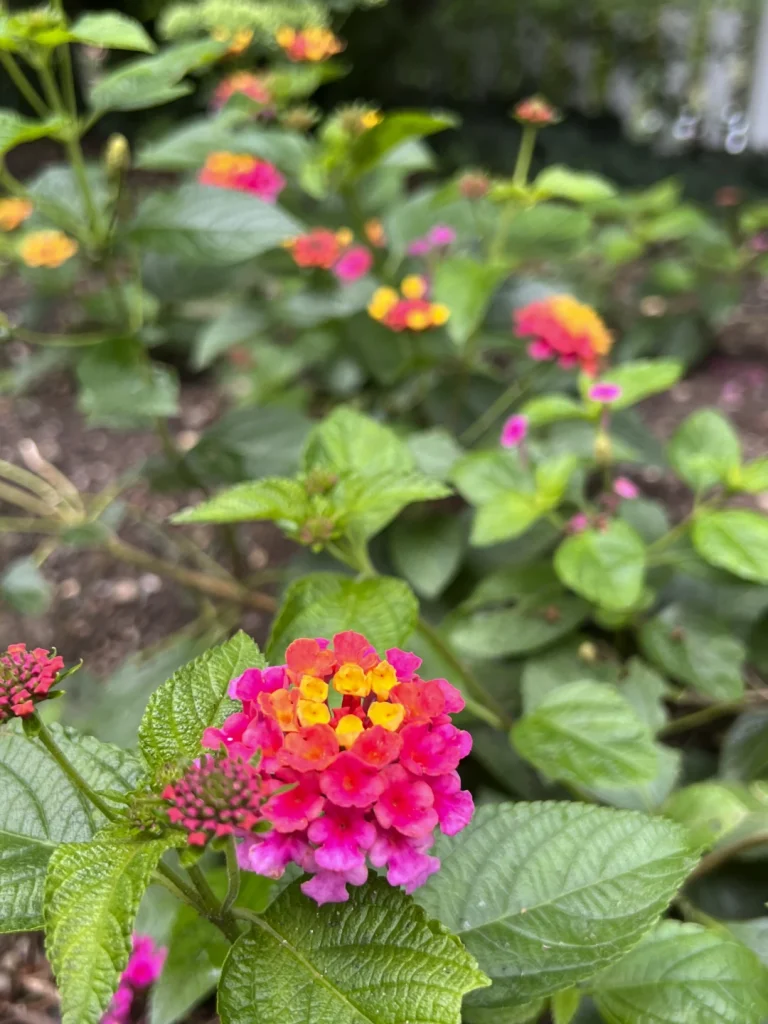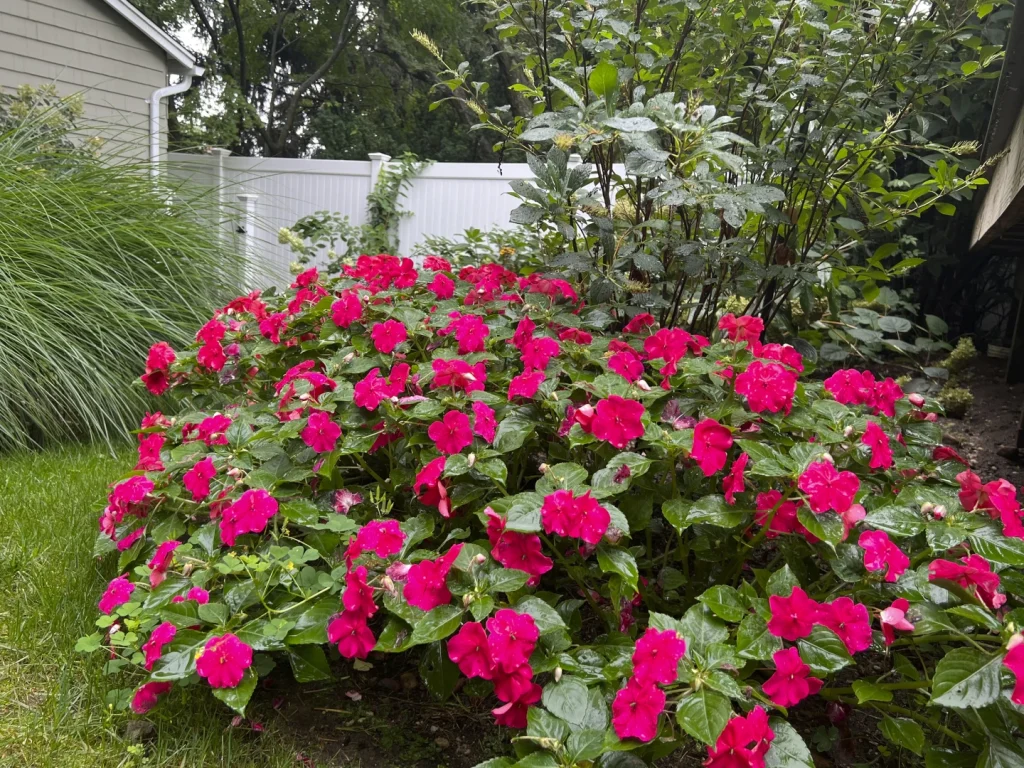Summer annuals are truly the unsung heroes of the late-season garden. While perennials dominate my flower gardens, I cannot help but appreciate the dependable and consistent presence of these annuals each year.
Like a dear, old friend who comes to visit, they bring a burst of color and vitality to my garden. While most perennials bloom intermittently from late spring through August, as September approaches, it becomes evident that their time in the spotlight is coming to an end.
However, the annuals that share their beds seem oblivious to the changing seasons. They continue to bloom with unwavering enthusiasm, unaffected by the Halloween decorations appearing in stores or the return of pumpkin spice lattes.
These resilient plants show up every day, as if it were still the peak of summer.
In the past, I had a tendency to limit my planting of annuals to hanging baskets and window boxes, reserving the ground for more permanent plantings.
However, as the transitional period between summer and fall approached each year, I couldn’t help but feel a sense of regret.
It was during this time that I would witness the vibrant colors and lush blooms of petunias, impatiens, and calibrachoas in neighboring gardens, while my own space remained lacking.
Determined to rectify this situation, I made a conscious decision this year to incorporate annuals directly into the ground. And what a difference it has made!
The Beacon impatiens, Superbena verbenas, and Queen Lime zinnias that I planted in the spring have now become the stars of my late-season garden.
Their vibrant hues and robust growth have brought new life and beauty to my outdoor space, transforming it into a haven of color and vitality.
I am delighted with the results of this change in approach, and I now fully appreciate the value of planting annuals in the ground.

TRUE ANNUALS OR TENDER PERENNIALS
True annuals, such as zinnias and marigolds, are remarkable plants that undergo their entire life cycles within the span of a single year.
These botanical wonders exist primarily for the purpose of reproduction, employing various strategies to ensure their survival and continuation.
One such strategy is self-sowing, where the plants drop their seeds onto the ground, enabling them to sprout and flourish in the following year.
However, it is important to note that the second-year plants that emerge from these seeds are not a mere re-emergence of the previous year’s annuals, but rather their offspring, carrying forth the legacy of their predecessors.
This unique characteristic of true annuals exemplifies their adaptability and resilience in the face of the ever-changing natural world.
In four-season regions, the classification of plants as annuals is often misleading, as many of these plants are actually tender perennials native to tropical regions.
These plants, despite their perennial nature, are unable to withstand the harsh conditions of frosts and freezes.
Among the popular tender perennials that are commonly grown as annuals are browallia, celosia, impatiens, lantana, Madagascar periwinkle, snapdragon, and Pelargonium, which is commonly referred to as “geranium” (although it should not be confused with the perennial Geranium, also known as “cranesbill”).
These plants, although short-lived in colder climates, provide gardeners with vibrant and eye-catching displays of color throughout the summer months.
Despite their temporary nature, they are highly valued for their ability to thrive in warm and sunny conditions, adding a touch of tropical beauty to gardens in cooler regions.

PROS AND CONS OF ANNUALS
In recent years, I have come to develop a deep appreciation for annuals and tender perennials in the realm of gardening.
These plants have proven themselves to be the workhorses of the garden, consistently blooming from spring all the way through frost, providing a reliable and steadfast presence while their perennial counterparts take intermittent breaks.
It is truly remarkable to witness the unwavering commitment of these plants in maintaining the beauty and vibrancy of the garden throughout the seasons.
However, it is important to acknowledge that there are some downsides to cultivating annuals. Certain varieties require regular deadheading, which involves removing spent blooms to prevent seed production that would otherwise divert their energy away from continuous blooming.
Nevertheless, the horticultural community has made significant progress in recent years, with breeders successfully developing “self-cleaning” varieties that eliminate the need for this laborious task.
These self-sufficient plants are definitely worth seeking out for their convenience and ease of maintenance.
One must also consider the financial aspect when it comes to annuals. While they are generally less expensive than perennial plants, the fact remains that annuals need to be purchased anew each year.
This recurring cost can quickly become prohibitive, particularly for those who tend to gardens on a larger scale.
It is essential to weigh the benefits and drawbacks of annuals against one’s budget and long-term gardening goals to ensure a sustainable and economically viable approach to gardening.
In conclusion, the value of annuals and tender perennials in the garden cannot be overstated. Their unwavering commitment to blooming and their ability to hold down the fort while perennials rest is truly commendable.
While there are some drawbacks, such as the need for regular deadheading and the recurring cost of purchasing annuals, these issues can be mitigated through the use of self-cleaning varieties and careful financial planning.
Ultimately, the decision to incorporate annuals into one’s garden should be based on a thorough consideration of these factors, ensuring a beautiful and sustainable garden for years to come.
As the perennials in my garden begin to wind down, a bittersweet feeling settles in. It is a reminder that the vibrant colors and delicate blooms will soon fade away, leaving behind a sense of emptiness.
However, amidst this melancholy, there is a glimmer of hope, for the annuals that grace my garden with their presence.
These steadfast companions, unlike their perennial counterparts, will remain loyal until the very end, braving the harsh frost and chilly winds that November brings.
They are the type of friends that every garden needs, a constant source of beauty and resilience. Their unwavering commitment to thrive and flourish until their final breath is a testament to their enduring nature.

Throughout the seasons, they have stood tall, adding a touch of vibrancy and life to the garden. Their presence brings joy and a sense of renewal, even as the days grow shorter and the temperatures plummet.
In a world that is ever-changing and unpredictable, these annuals offer a sense of stability and dependability, reminding us that beauty can be found even in the most challenging of times.
So, as the perennials gracefully bow out, I find solace in the knowledge that the annuals will remain, their vibrant hues serving as a reminder that life, in all its forms, is worth celebrating.
